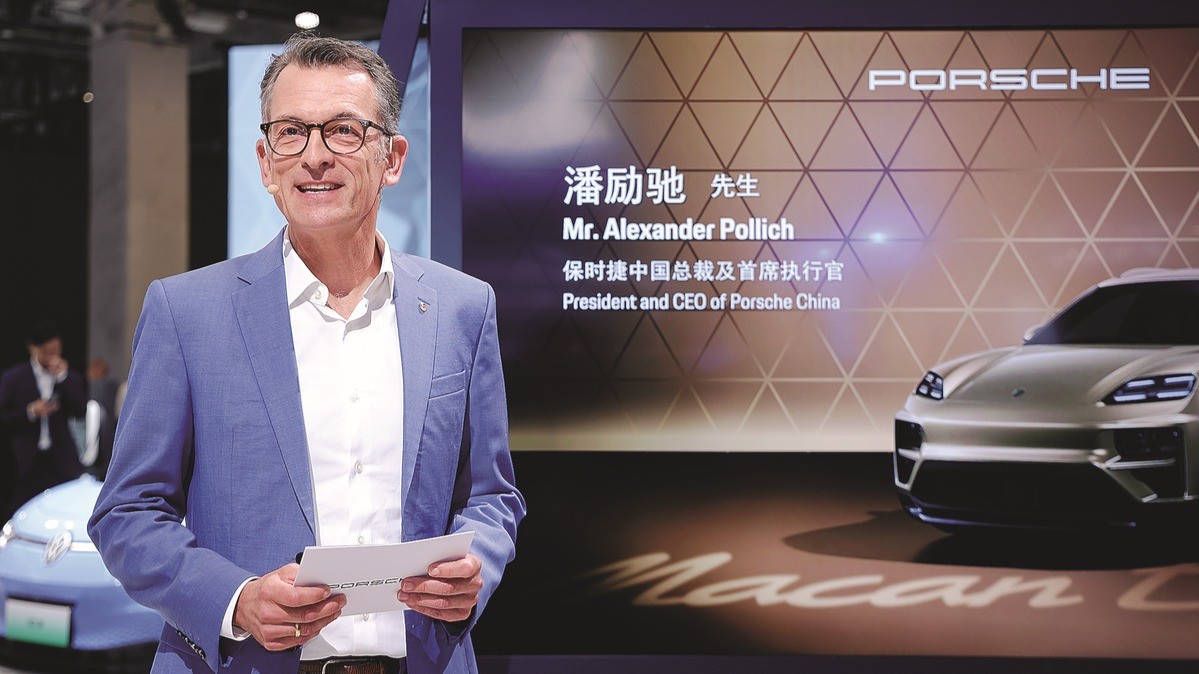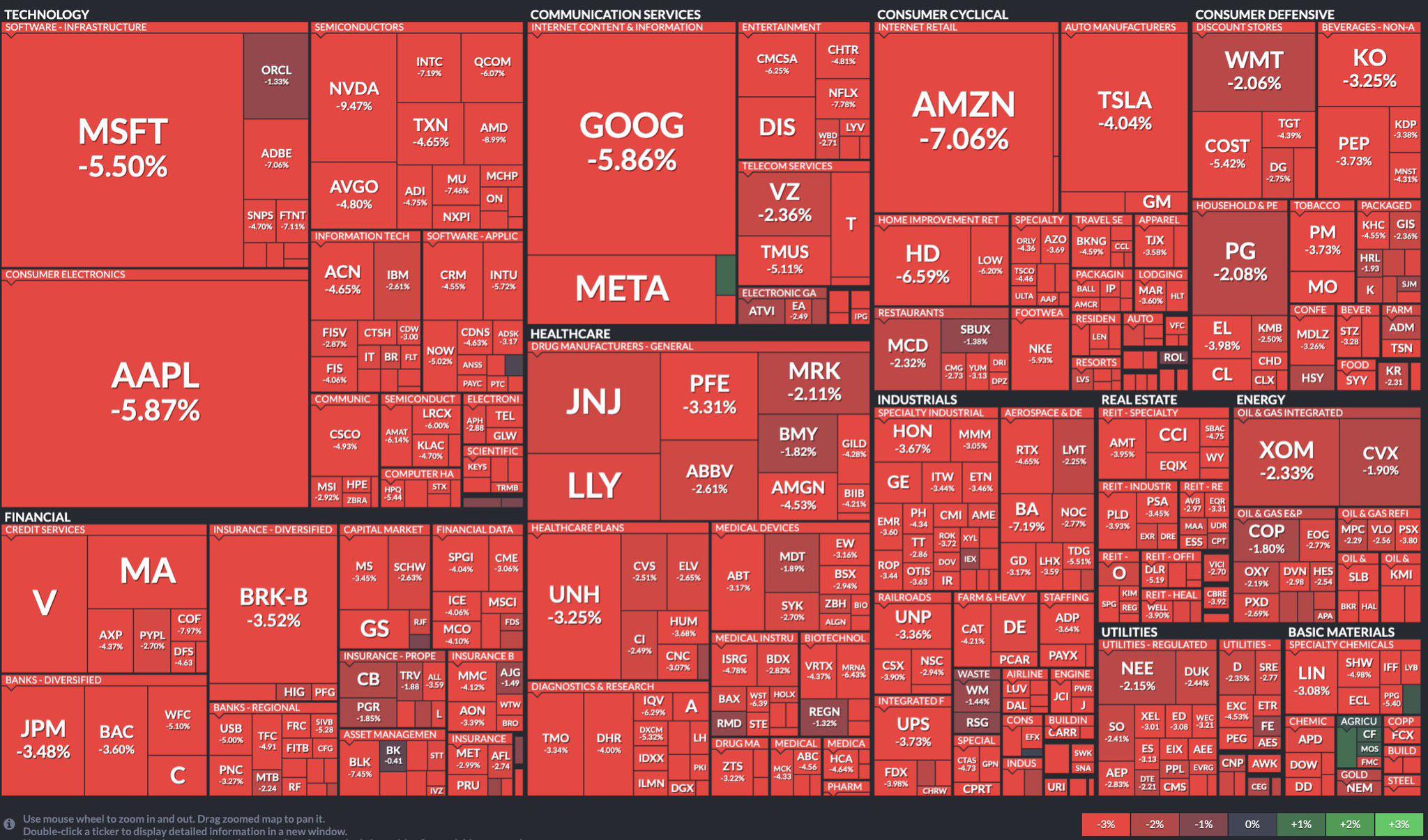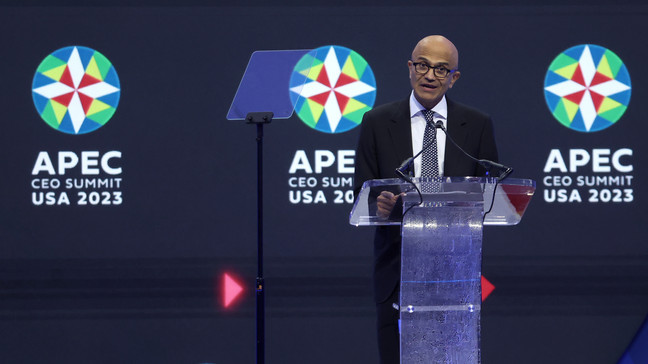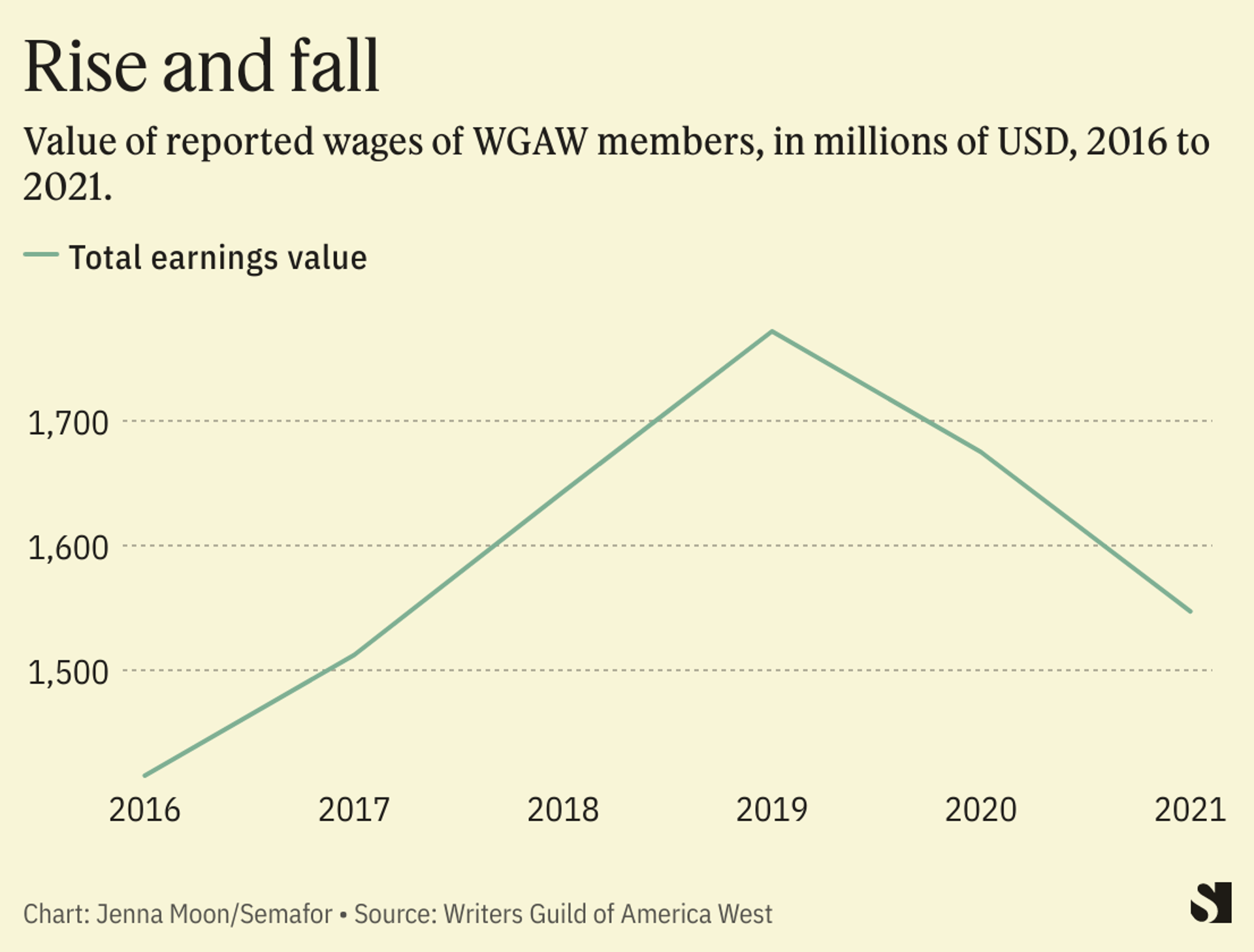The China Factor: How Market Shifts Affect BMW, Porsche, And Other Automakers

Table of Contents
Shifting Consumer Preferences in the Chinese Automotive Market
The Chinese automotive market is not static; it's a dynamic entity constantly evolving. Luxury car buyers in China are increasingly sophisticated and their preferences are driving significant changes across the industry. This shift in consumer demand presents both opportunities and challenges for international brands.
-
Growing Demand for Electric Vehicles (EVs) and Hybrids: Environmental awareness is on the rise, and Chinese consumers are increasingly drawn to eco-friendly options. This surging demand for EVs and hybrids is forcing luxury brands to accelerate their electrification strategies. Data from the China Association of Automobile Manufacturers (CAAM) consistently shows impressive growth in NEV (New Energy Vehicle) sales.
-
Preference for Larger SUVs and Crossovers: Space and practicality are highly valued in the Chinese market, leading to a strong preference for larger SUVs and crossovers, even within the luxury segment. This has resulted in many luxury brands prioritizing the development and production of larger SUV models specifically tailored for the Chinese market.
-
Increased Emphasis on Technology Features: Chinese consumers expect cutting-edge technology in their vehicles. Connectivity features, advanced driver-assistance systems (ADAS), and autonomous driving capabilities are becoming essential selling points, particularly amongst younger buyers. Failure to incorporate these features puts luxury brands at a significant disadvantage.
-
Rising Importance of Brand Image and Social Status: Owning a luxury vehicle often signifies social status and success in China. This focus on brand image means that marketing and brand building are crucial elements of a successful strategy in this market. Luxury brands need to maintain and enhance their prestige to appeal to this status-conscious consumer base.
These shifts are forcing automakers like BMW and Porsche to drastically adjust their product portfolios and marketing strategies, focusing on vehicles that meet the evolving needs and desires of the Chinese consumer.
The Impact of Government Policies and Regulations
The Chinese government plays a significant role in shaping the automotive landscape, implementing policies that directly influence the industry’s trajectory. Understanding these policies is paramount for international automakers operating within the Chinese market.
-
Emission Standards and Regulations Pushing for Electric Vehicle Adoption: Stringent emission standards and regulations are driving the adoption of electric vehicles. These regulations, often stricter than those in other parts of the world, incentivize the development and sale of NEVs.
-
Government Incentives and Subsidies for Electric and New Energy Vehicles (NEVs): Government subsidies and tax breaks for NEVs further accelerate the shift towards electric mobility, making EVs more affordable and attractive to consumers.
-
Import Tariffs and Trade Policies Affecting Pricing and Profitability: Import tariffs and trade policies can significantly impact the pricing and profitability of imported vehicles, necessitating careful consideration of manufacturing and sourcing strategies.
-
Regulations Related to Data Security and Autonomous Driving Technology: Stringent regulations around data security and autonomous driving technology require automakers to comply with specific standards and regulations, impacting the development and deployment of advanced features.
These governmental policies necessitate strategic planning and investment from international automakers, encouraging them to prioritize localization and adapt their offerings to align with the government's objectives.
Increased Competition and the Rise of Domestic Brands
The Chinese automotive market is not only influenced by government policies but also by the remarkable rise of domestic brands. These brands, fueled by innovation and competitive pricing, are posing a significant challenge to established international players.
-
Rapid Innovation and Technological Advancements by Chinese Brands: Chinese automakers are rapidly innovating, introducing technologically advanced vehicles at competitive price points. This innovation directly challenges the perceived technological advantage held by many international brands.
-
Competitive Pricing Strategies by Domestic Automakers: Domestic brands often offer vehicles with comparable features at lower price points, directly competing with international brands on pricing.
-
Growing Brand Awareness and Consumer Loyalty towards Local Brands: Chinese consumers are increasingly developing brand loyalty towards domestic brands, recognizing their quality and technological advancements.
-
Strategic Partnerships and Joint Ventures between International and Chinese Companies: Many international automakers are responding to the rise of domestic brands by forming strategic partnerships and joint ventures, leveraging local expertise and market knowledge.
This increased competition forces international luxury brands to constantly innovate, enhance their offerings, and build strong brand recognition to remain competitive.
Adapting Strategies for Success in the Chinese Market
Successfully navigating the China Factor requires strategic adaptation. Automakers are responding to the challenges and opportunities by implementing several key strategies.
-
Investing in Local Manufacturing and R&D Facilities: Many international automakers are investing heavily in local manufacturing and R&D facilities to reduce costs, improve responsiveness to market demands, and enhance their local presence.
-
Developing Tailored Products and Marketing Campaigns for the Chinese Market: Understanding and catering to specific Chinese consumer preferences is essential. This involves developing vehicles with tailored features and marketing campaigns that resonate with the local culture.
-
Forming Strategic Alliances and Joint Ventures with Chinese Companies: Collaborating with Chinese companies provides access to local expertise, distribution networks, and valuable insights into the market.
-
Embracing Electric Vehicle Technology and Developing NEV Models: The strong push towards electric mobility necessitates significant investment in electric vehicle technology and the development of NEV models to satisfy growing consumer demand.
Successful companies such as Tesla have demonstrated that adapting to the unique dynamics of the Chinese market is key to success. Understanding the nuances of the China Factor allows for effective strategy development and market penetration.
Conclusion: Navigating the China Factor for Future Automotive Success
The China Factor presents significant challenges and opportunities for luxury automakers. Successfully navigating this dynamic landscape requires a deep understanding of shifting consumer preferences, government regulations, and the increasing competitiveness of domestic brands. Adapting product strategies, investing in local infrastructure, and embracing electric vehicle technology are crucial for achieving sustained success in the Chinese automotive market. Understanding the China Factor is not just about adapting to the present; it's about strategically positioning oneself for future dominance in the global automotive industry. Don't miss out on understanding the China Factor – it's key to future automotive market leadership.

Featured Posts
-
 Trumps Immigration Enforcement New Legal Obstacles Emerge
Apr 24, 2025
Trumps Immigration Enforcement New Legal Obstacles Emerge
Apr 24, 2025 -
 Us Lawyers Warned Judge Abrego Garcia Demands End To Stonewalling
Apr 24, 2025
Us Lawyers Warned Judge Abrego Garcia Demands End To Stonewalling
Apr 24, 2025 -
 Stock Market Today Dow S And P 500 Live Updates For April 23rd
Apr 24, 2025
Stock Market Today Dow S And P 500 Live Updates For April 23rd
Apr 24, 2025 -
 Open Ai And Google Chrome Speculation Following Chat Gpt Ceo Remarks
Apr 24, 2025
Open Ai And Google Chrome Speculation Following Chat Gpt Ceo Remarks
Apr 24, 2025 -
 Actors And Writers Strike The Impact On Hollywoods Future
Apr 24, 2025
Actors And Writers Strike The Impact On Hollywoods Future
Apr 24, 2025
